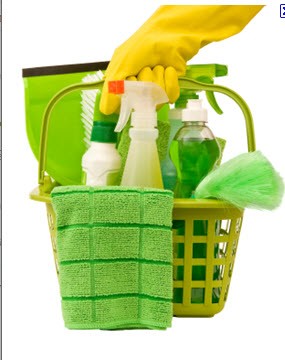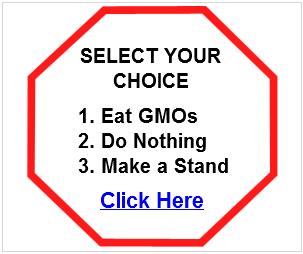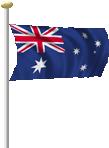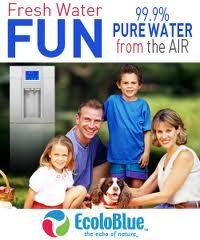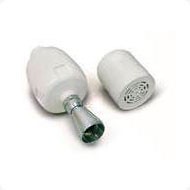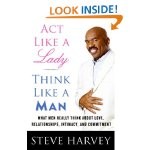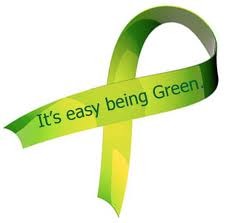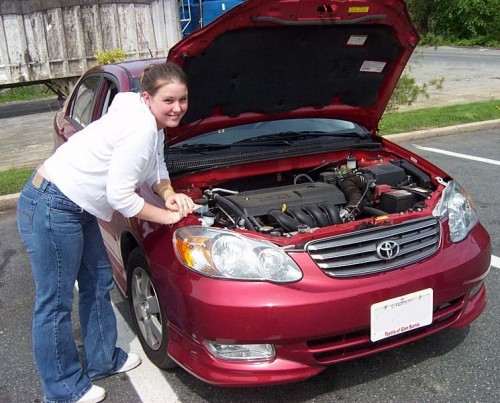1. Although most cleaners don't list ingredients, you can learn something about a product's hazards by reading its label. Most labels bear a signal word, such as Danger, Warning or Caution, that provides some indication of a product's toxicity. Products labeled Danger or Poison are typically most hazardous; those bearing a Warning label are moderately hazardous, and formulas with a Caution label are considered slightly toxic. If you find them, choose products that are nontoxic enough that they require none of the signal words above on their label. Beside the signal word is usually a phrase that describes the nature of the hazard, such as "may cause skin irritation," "flammable," "vapors harmful," or "may cause burns on contact." Look for instructions on how to use the product, which may help you avoid injury. Some labels do list active ingredients, which may assist you in detecting caustic or irritating ingredients you may wish to avoid, such as ammonia or sodium hypochlorite. A few manufacturers voluntarily list all ingredients.
2. When gauging ecological claims, look for specifics. For example, "biodegradable in 3 to 5 days" holds a lot more meaning than "biodegradable," as most substances will eventually break down if given enough time and the right ecological conditions. And claims like "no solvents," "no phosphates," or "plant-based" are more meaningful than vague terms like "ecologically-friendly" or "natural."'
3. When ingredients are listed, choose products made with plant-based, instead of petroleum-based, ingredients.
4. To reduce packaging waste: Choose cleaners in the largest container sizes available; especially seek out bulk sizes. Select products in bottles made with at least some recycled plastic. By doing so, you support companies that are providing a vital end-market for recycled plastic (without this market, recycling would not be possible). And choose concentrated formulas, which contain only 20% or less water. Because dilution with water is done at home, not at the factory, concentrated cleaners overall require less packaging and fuels for shipping.
What to look out for
Avoid cleaners marked "Danger" or "Poison" on the label, and look out for other tell-tale hazard warnings, such as "corrosive" or "may cause burns."
Avoid products that list active ingredients of chlorine or ammonia, which can cause respiratory and skin irritation and will create toxic fumes if accidentally mixed together.
Protect water quality and aquatic life by refusing to purchase detergents containing phosphates, which may cause algal blooms, or alkylphenol ethoxylates, including nonylphenol and octylphenol. Unfortunately, these ingredients are rarely, if ever, disclosed on labels; however, the brands recommended in this report are, to the best of our knowledge, phosphate- and APE-free.
Beware of unregulated "greenwash" claims on labels! Terms such as "natural" and "eco-friendly" shouldn't be equated with safety unless they're backed up with specific ingredient information, such as "solvent-free," "no petroleum-based ingredients," "no phosphates," etc. "Non-toxic" has no official definition, so unless a third party has verified this claim, it is not considered meaningful. And don't believe "organic" ingredients in cleaning and other chemical products are any safer than other substances. Although "organic" in the grocery store refers to foods grown without synthetic pesticides, in chemistry it refers to chemicals that are carbon-based, including some VOCs (volatile organic compounds) that release harmful fumes and may cause brain damage or cancer.Additionally, watch out for products labeled organic. Household cleaning products aren’t regulated by the Organic Foods Production Act, but some of their ingredients, such as plant oils, can be labeled “certified organic.” For more info, see ecolabels.org.
Be aware that some labels that may make a product appear eco-friendly are actually meaningless. For example, many aerosol spray cans are labeled "no CFCs" (or chlorofluorocarbons, which deplete the ozone layer), leading consumers to believe they are buying a more eco-friendly product by purchasing that brand. In reality, CFCs have been banned from aerosols since 1978, so none are permitted to contain CFCs. And think of all of the resources that would be saved if companies that advertise their packaging as "100% recyclable" actually switched to materials that are "100% recycled!"
Shopping Suggestions
ALL-PURPOSE CLEANERS:
Some all-purpose cleaners contain the sudsing agents diethanolamine (DEA) and triethanolamine (TEA), which can react with nitrites (an often undisclosed preservative or contaminant) to form nitrosamines - carcinogens that readily penetrate the skin. Skin also easily absorbs nerve-damaging butyl cellosolve (also known as ethylene glycol monobutyl ether), present in some cleaners. Fumes from ammonia-containing cleaners may cause respiratory irritation. Sodium hydroxide and sodium hypochlorite (bleach) are highly caustic, and sodium hypochlorite should never be mixed with any product containing ammonia or acids, or toxic gases will result. To prevent chemical accidents, it's best to simply avoid.
Most household cleaning needs can be met safely and inexpensively with a sturdy scrubber sponge and simple ingredients like water, liquid castile soap
